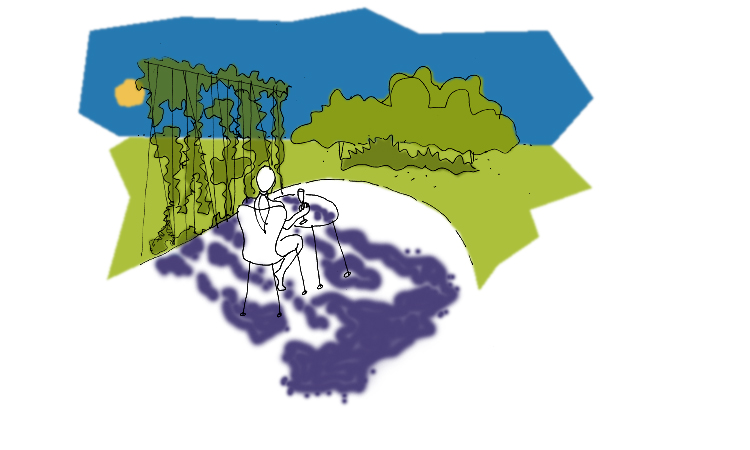How your neighbour's trees can help you create a better garden.
One of the biggest challenges when designing your garden can be knowing where to start.
Do you kick off with some paths, or new garden beds? Should you concentrate on an outdoor dining area, or somewhere to grow herbs? Or do you just start planting things in the hope that something will emerge from the chaos?
Sometimes we’re so busy concentrating on what needs doing within our own backyard that we don’t even notice the really obvious starting point that’s staring us right in the face.
I’m talking about what designers call the ‘borrowed landscape’: things that look great from your place, but are actually in you neighbours’ gardens.
A classic example of a borrowed landscape is an amazing neighbourhood tree. Remember last week’s story about the Brisbane Quaker Arboretum? All the neighbours living around its perimeter are able to ‘borrow’ views, shade, shelter and more from the Arboretum, making their gardens feel somehow connected to this bigger landscape.
If you think that sounds like a good idea, here are four tips for incorporating borrowed landscapes into your garden.
1. Look Beyond Your Fence
Seems obvious now that we’re talking about it, but sometimes the best part of your garden is in someone else’s back yard!
























































